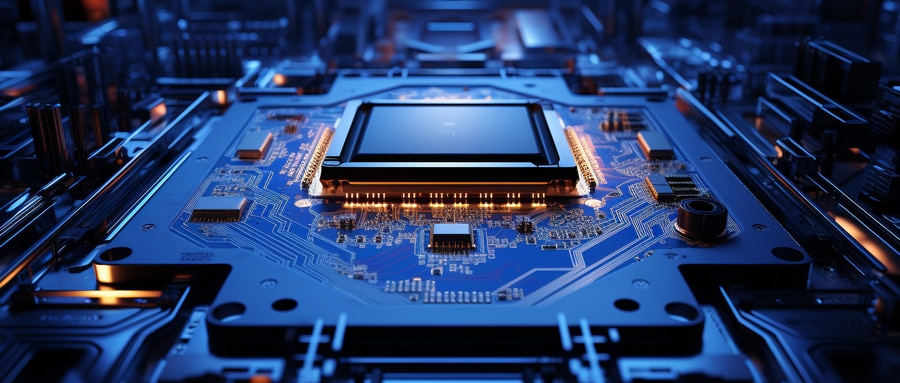In-Depth Analysis of Flex PCB Manufacturing in the Modern Tech Era
Flexible printed circuit boards (flex PCB) have become an invaluable component in electronic advancement thanks to their adaptability and versatility, quickly becoming part of everyday digital life. This article takes an in-depth look into flexible PCB manufacturing, exploring its development as a market and the roles key manufacturers play within it.
An introduction to Flex PCBs – what are they and why do I need one?
Understanding the value of flex PCB manufacturers requires us to look deeper. Flexible PCBs are assemblies that feature thin polymeric films with circuit patterns attached, designed so they can flex, roll, fold and twist without compromising their function.
Flex PCB manufacturers have long been recognized for their versatility and adaptability in many fields – be they automotive electronics, medical devices, consumer electronics or telecommunications equipment – making them an invaluable solution. Today’s digital world demands compactness and flexibility beyond any previous standard; making their role more essential than ever.
Profile of a Flex PCB Manufacturer
Flex PCB manufacturers play a vital role in the electronics industry. They bear a tremendous responsibility for producing high-quality flexible PCBs that are durable, reliable and can meet customer requirements. Their process for doing this typically includes material preparation, circuit patterning, component assembly and final inspection before final release to market.
Market Analysis: Outlining top Flex PCB Manufacturers
Over time, the Flex PCB manufacturing sector has seen many players enter and compete for leadership in this arena. Individuals who stand out in this industry can either do so due to innovation or sheer market presence.
Globally, manufacturers such as Sumitomo Electric Industries, NOK Corporation (Nippon Mektron Ltd.), Fujikura Ltd., Zhen Ding Technology and Nitto Denko Corp remain prominent names. These manufacturers have had an outsized influence in shaping where flexible PCB market is headed and will likely remain pivotal as demand for efficient yet compact electronics grows further.
Emerging trends and future prospects of Flex PCB manufacturing
Flex PCB manufacturing industries are in constant flux due to the ever-evolving trends of electronics technology. Such trends as miniaturization of components, the introduction of high-speed data services and rising adoption of flexible displays have had an immediate effect on manufacturing processes and strategies adopted by flex PCB manufacturers.
As we move into the Fourth Industrial Revolution, flexible PCBs should experience even further growth. Technologies like Internet of Things (IoT), Artificial Intelligence (AI) and 5G networking will likely drive up demand for flexible electronics further, further changing flex PCB manufacturers’ strategies and operations.
As we can see, the world of flexible PCB manufacturing is constantly changing and innovating. With increasing market demands for flexible devices like flexible PCBs, flexible PCB manufacturers will continue to play an essential role for years to come. New technologies and market demand mean there is immense potential for these manufacturers – we acknowledge: flexible future is just around the corner!

Flex PCB Manufacturer FAQ:
- What is a Flex PCB Manufacturer?
A flex PCB manufacturer is a company that specializes in producing flexible printed circuit boards, which are designed to bend and flex during use, unlike traditional, rigid PCBs. - What types of materials are typically used for flex PCBs?
Flex PCBs are commonly made from polyimide or polyester because these materials offer great flexibility, high temperature resistance, and excellent electrical insulation properties. - How does the production process differ between flex and rigid PCBs?
While the basic processes (designing, etching, drilling, etc.) are similar, flex PCBs require specific handling techniques and materials that can withstand bending and flexing. The manufacturing line will also need special setups for handling these flexible materials. - What equipment is necessary for the production of flex PCBs?
In addition to the standard PCB manufacturing equipment, flex PCB production may require specialized laminators for the flexible substrate, equipment for more precise drilling, and machines capable of handling and processing the flexible material without causing damage. - What industries commonly use flex PCBs?
Flex PCBs are popular in industries that require lightweight, compact electronics solutions. This includes aerospace, automotive, medical equipment, consumer electronics, and more. - Can any PCB manufacturer make flex PCBs?
Not all PCB manufacturers are equipped to handle the production of flex PCBs. It requires a special manufacturing process, as well as specific tools and materials. - What challenges might a manufacturer face when producing flex PCBs?
Challenges can include managing the flexible material during processing, ensuring the reliability of the flex PCB under continuous flexing, and maintaining precise alignment during multilayer flex PCB production. - How do I choose a good flex PCB manufacturer?
Consider factors such as their production capabilities, industry experience, quality control processes, certifications, and customer reviews. They should also be able to offer good support in design and material selection. - Are flex PCBs more expensive to produce?
The production cost for flex PCBs can be higher due to the unique materials used and the specialized manufacturing process involved. However, they can also reduce assembly costs and overall product size, leading to savings in other areas. - Can flex PCBs be used in high-temperature environments?
Yes, flex PCBs can be designed to withstand high-temperature environments. This depends on the substrate material used, with polyimide being a common choice for high-temperature applications.























